Why is Security and Surveillance Annotation Important?
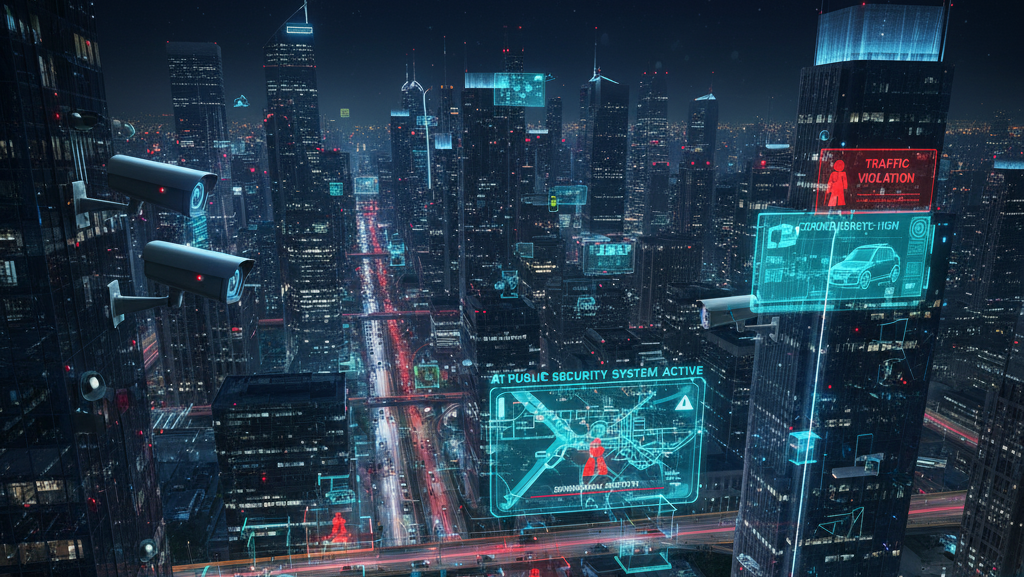
AI-powered surveillance systems depend on high-quality annotated data to:
- Detect suspicious or unauthorized activities.
- Identify and track individuals, vehicles, and objects across camera feeds.
- Recognize safety hazards, crowd formation, or unusual behavior.
- Enhance public safety through predictive threat detection.
- Support law enforcement and emergency response in real time.
Accurate annotation ensures that security AI models can operate effectively in complex, dynamic, and crowded environments — reducing false alarms and improving response speed.
Types of Security and Surveillance Annotation
Video Annotation
Video annotation involves labeling and tracking objects across consecutive frames of surveillance footage. Each moving entity—such as a person, vehicle, or object—is annotated frame-by-frame to train AI models in recognizing motion patterns and detecting specific activities. Techniques like bounding boxes, polygons, and frame linking help in understanding temporal changes, making it essential for intrusion detection, suspicious behavior tracking, and traffic surveillance. Temporal annotation is also applied to mark critical events or time intervals, such as unauthorized access or accidents.
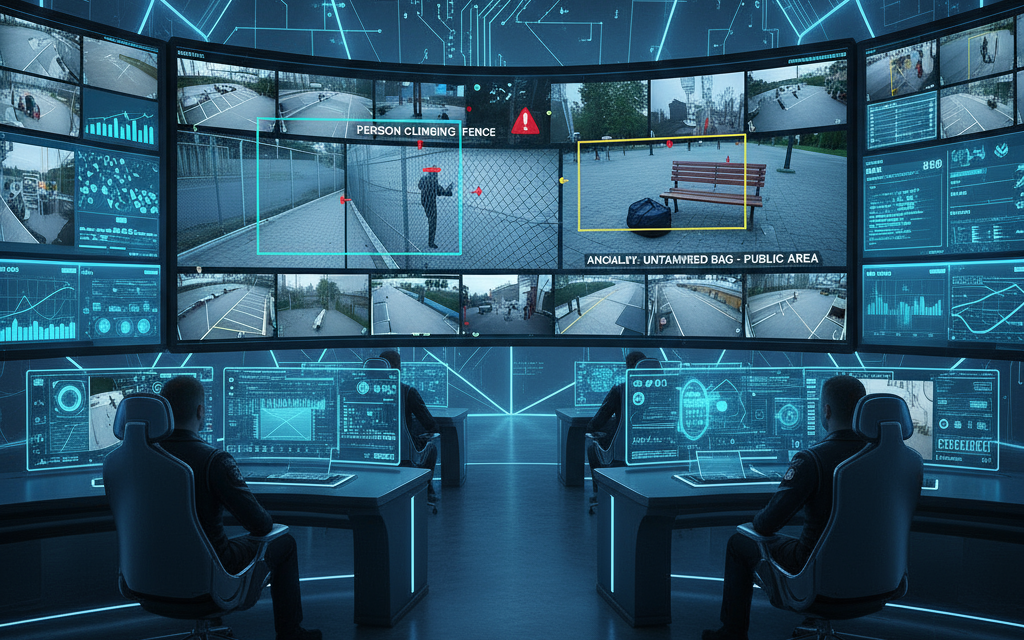
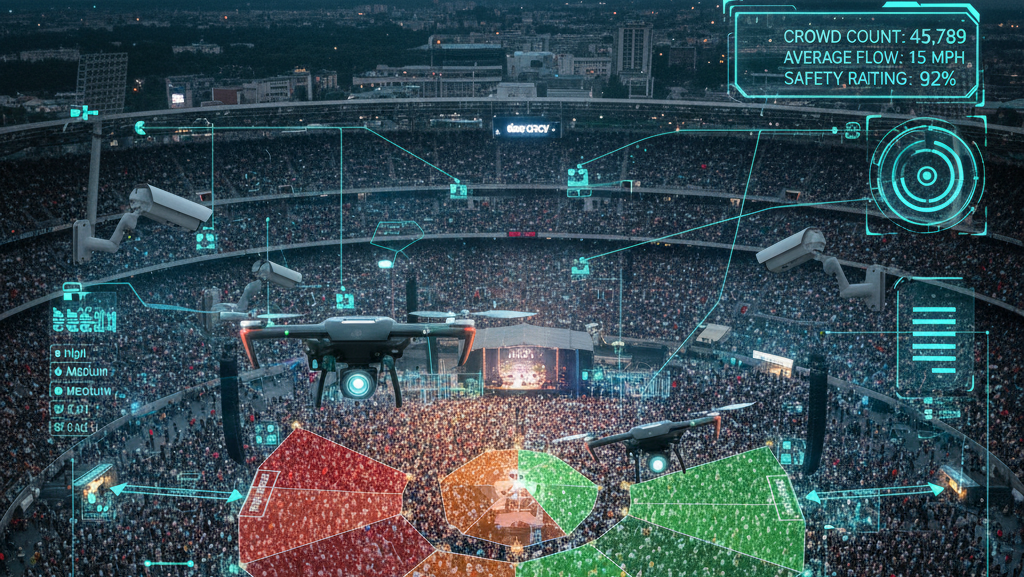
Image Annotation
Image annotation focuses on labeling static frames or still images from security cameras. Bounding boxes and polygons are used to detect and classify key objects like faces, vehicles, weapons, or unattended baggage. Semantic segmentation divides the image into zones—such as restricted areas, walkways, or parking lots—helping AI systems understand spatial layouts. This type of annotation is critical for access control, forensic analysis, and perimeter security systems.
Keypoint and Pose Annotation
Keypoint and pose annotation is used to map human body positions and movements, marking joints like shoulders, elbows, and knees to understand gestures and posture. This technique helps AI models recognize human behavior patterns—distinguishing between normal and suspicious actions such as running, fighting, or loitering. Pose estimation is especially valuable for crowd management, fall detection, and workplace safety monitoring, where human activity interpretation is key.
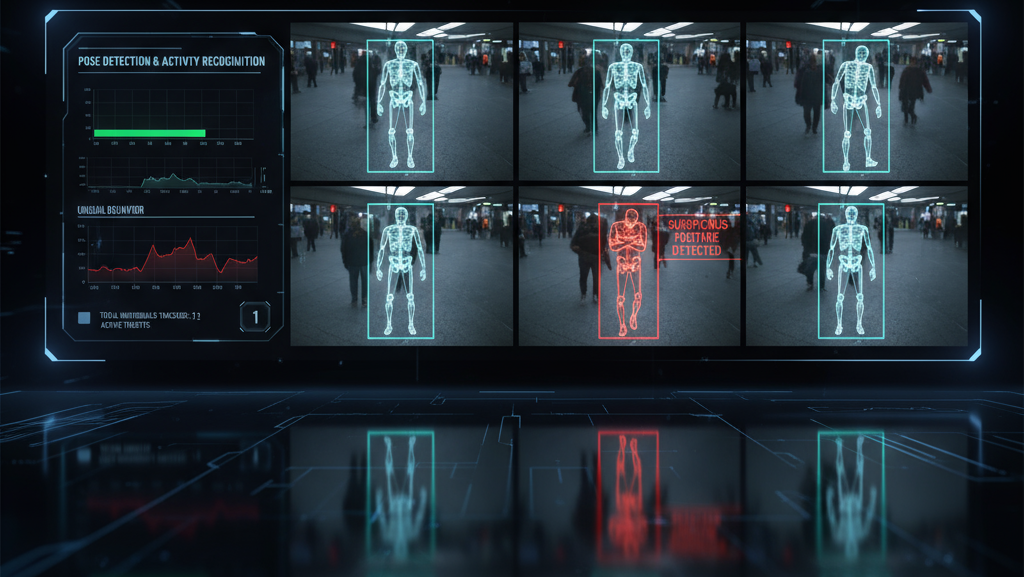
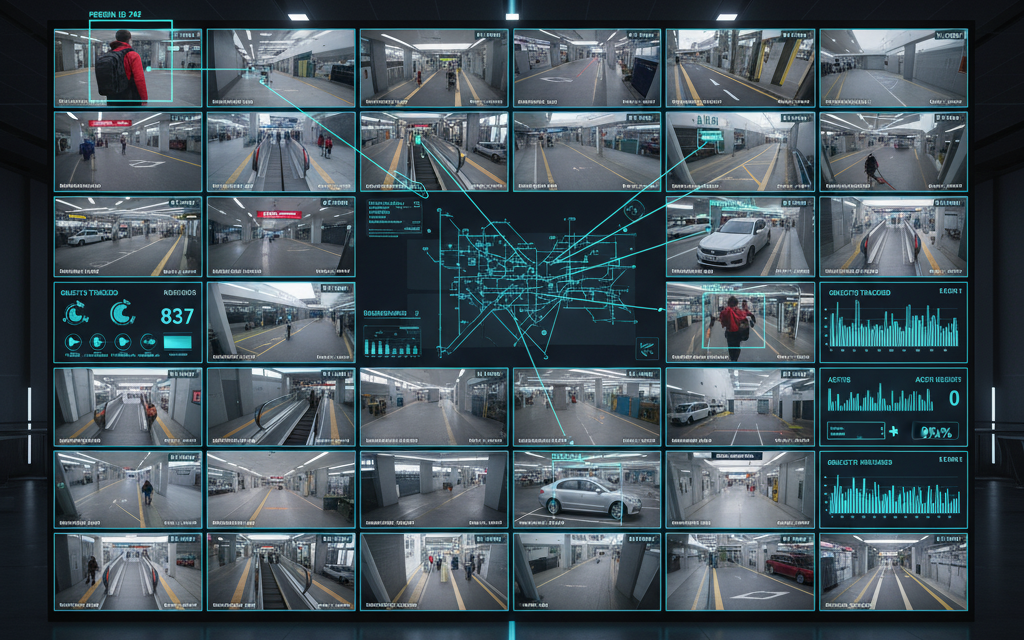
Object Tracking and Re-Identification (Re-ID)
Object tracking annotation links the same object or person across multiple frames or cameras, maintaining consistent identity recognition even under varying lighting or angles. Re-identification (Re-ID) labeling ensures that the same entity is recognized as identical across different surveillance views. This is vital for large-scale surveillance networks, such as airports, city streets, or shopping malls, enabling continuous monitoring of movements and activities in real time.

